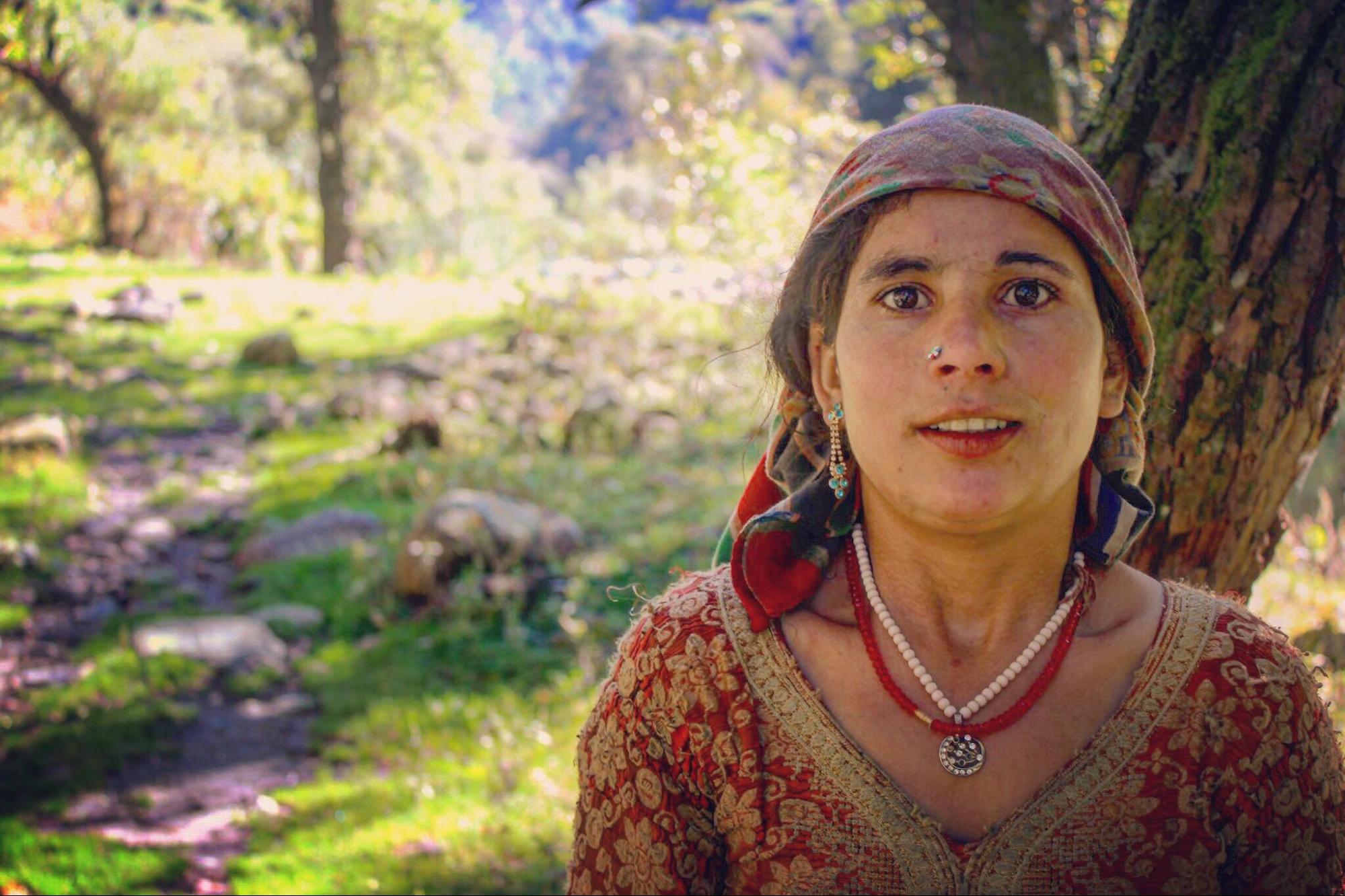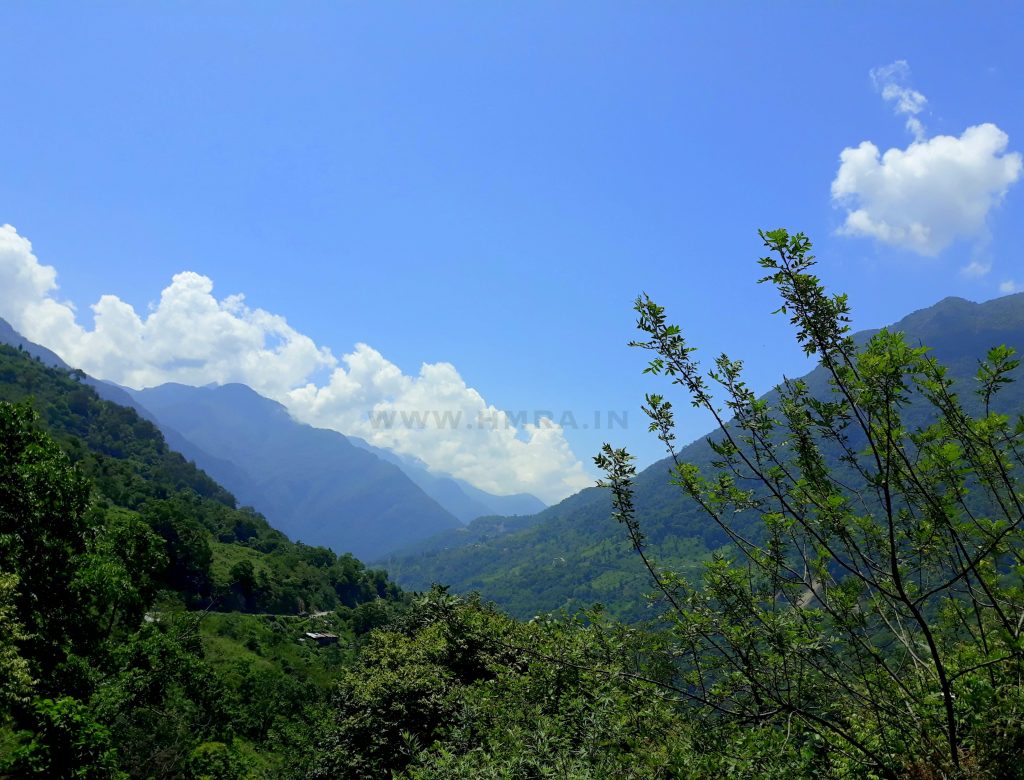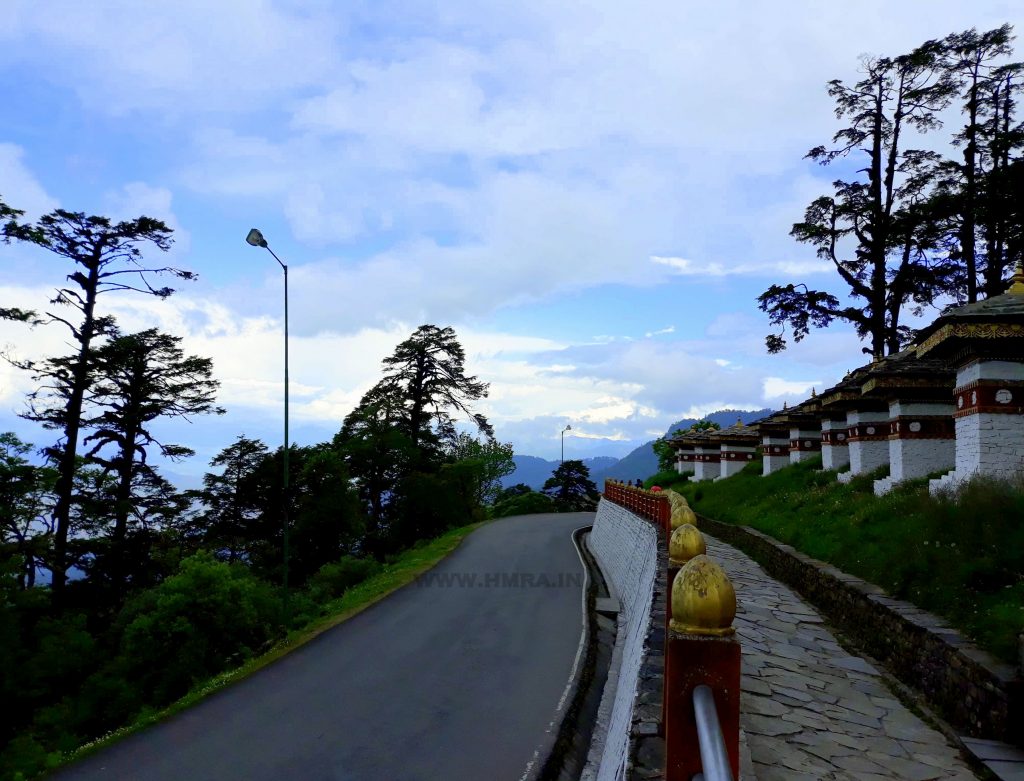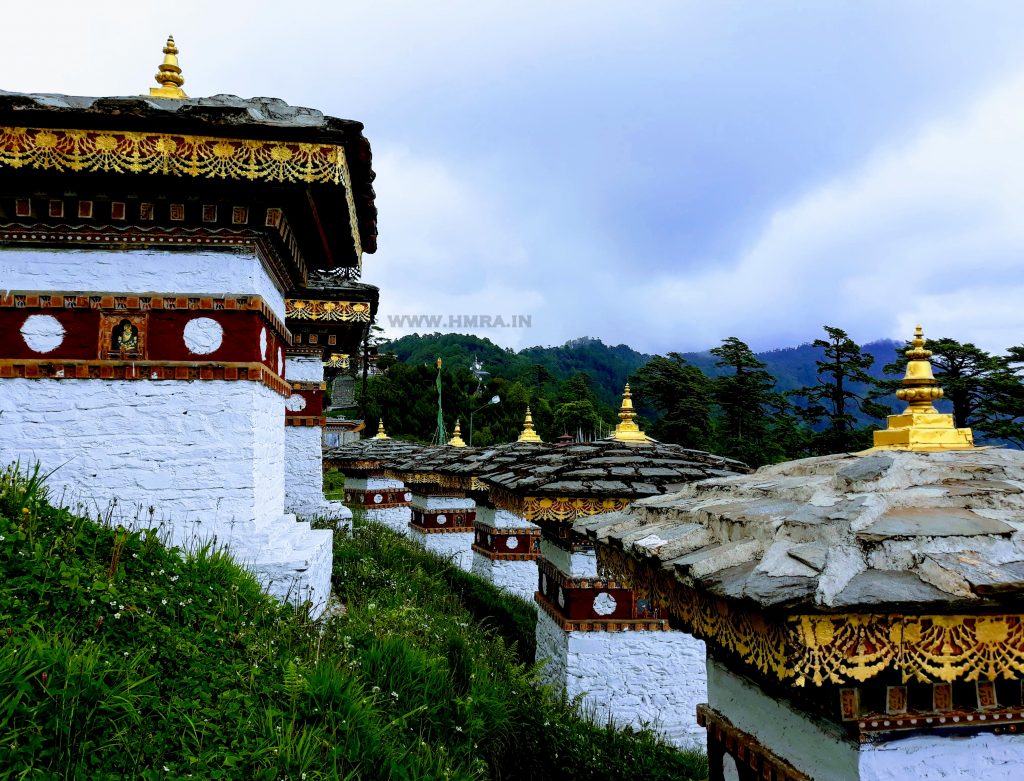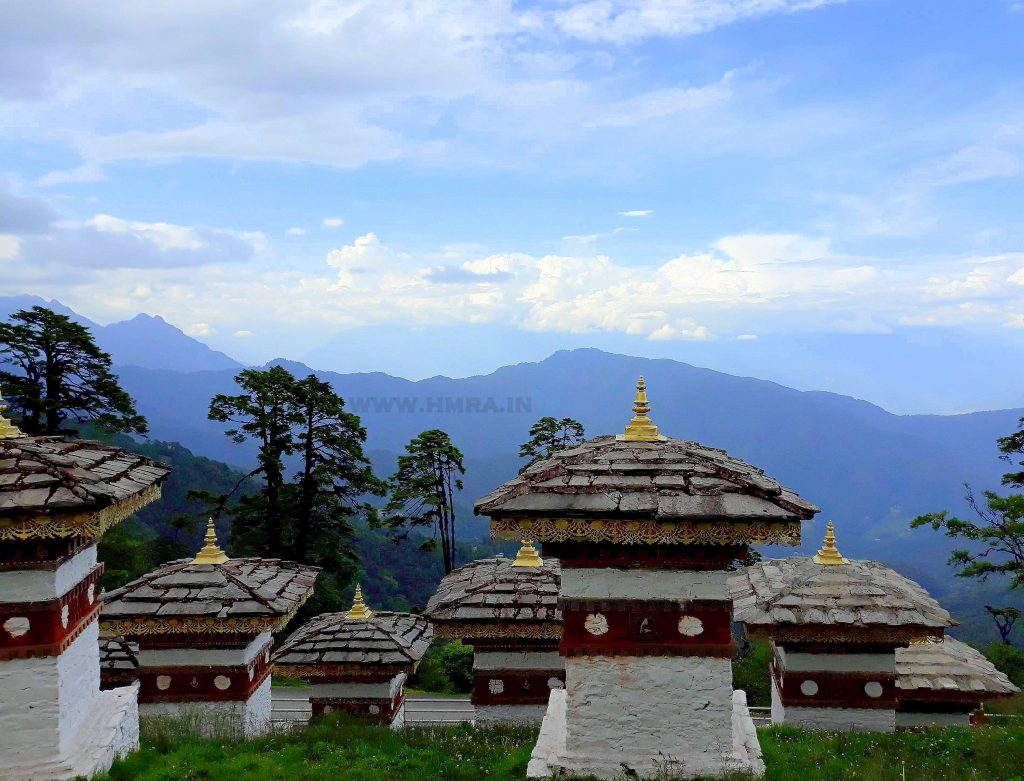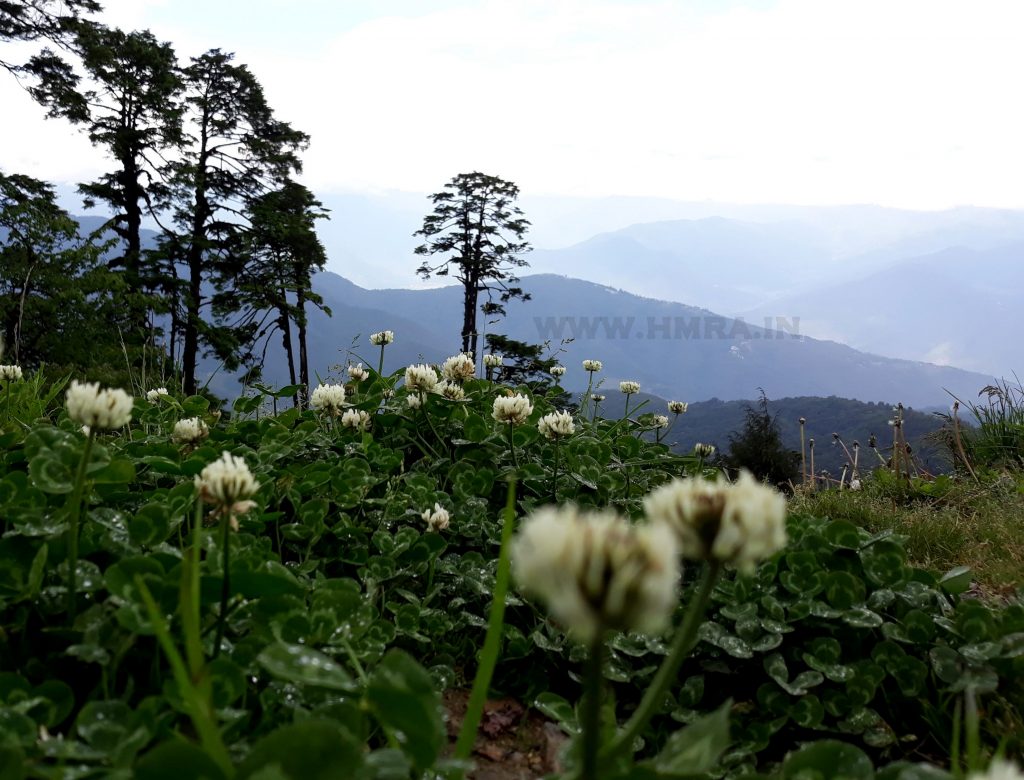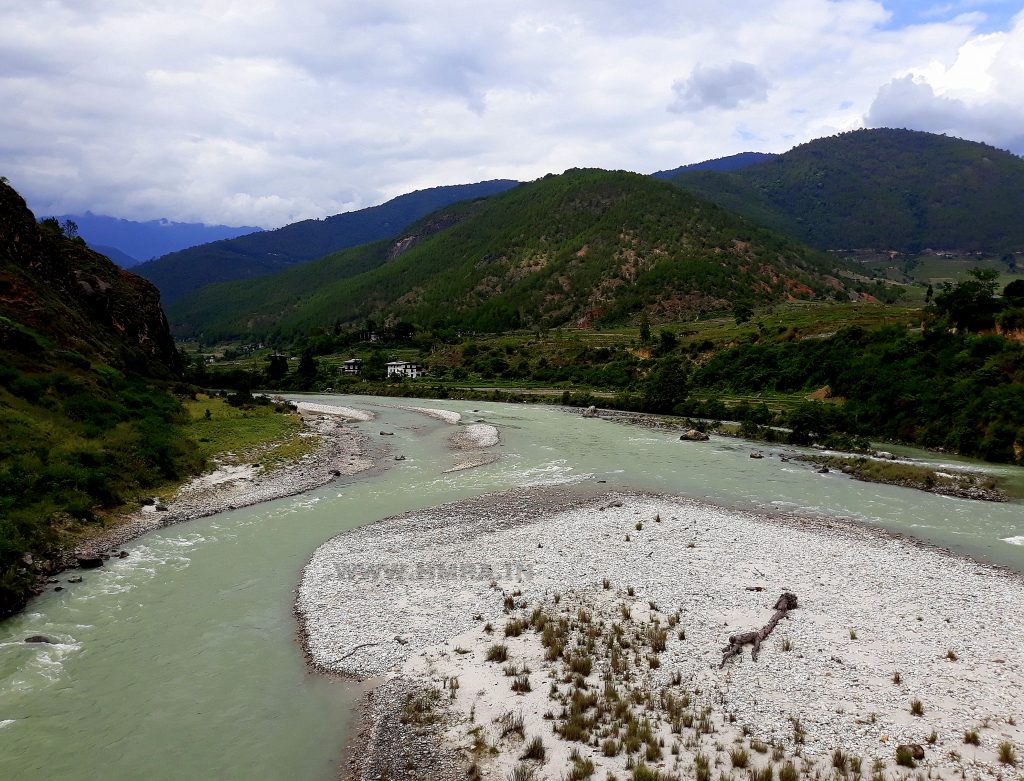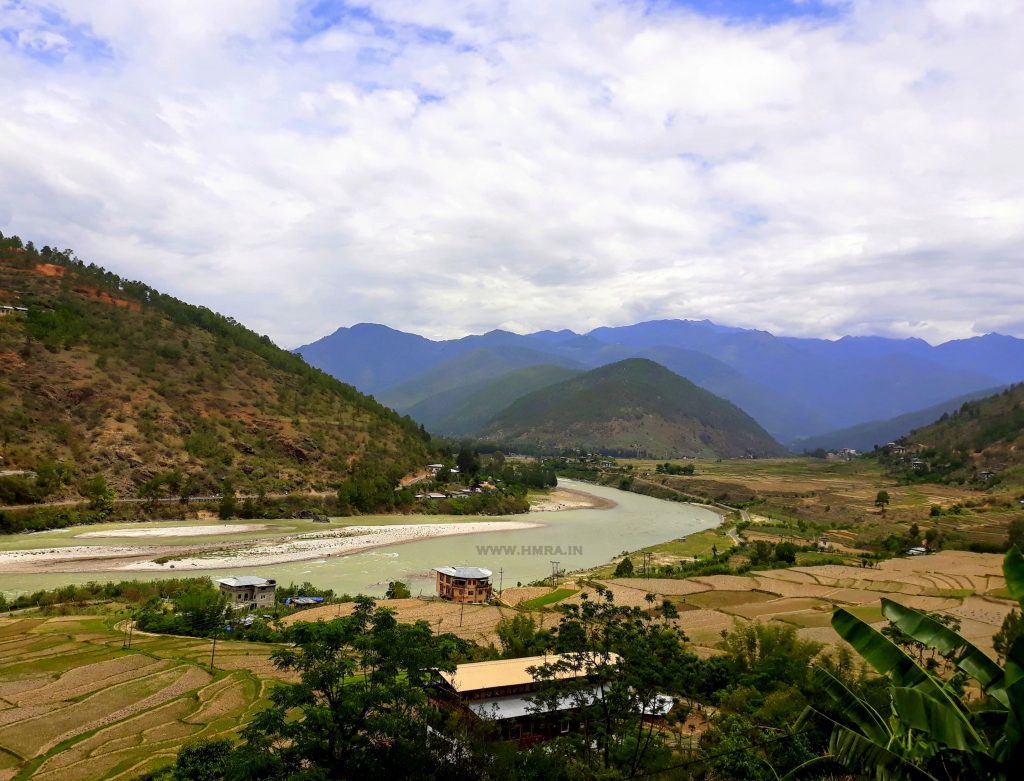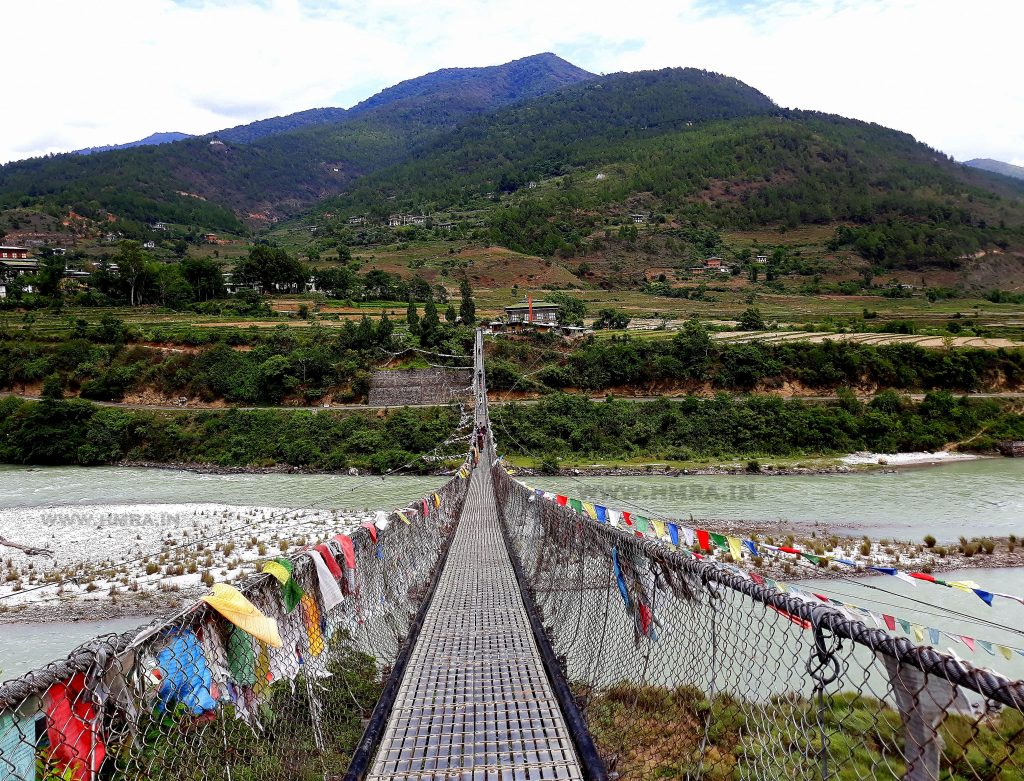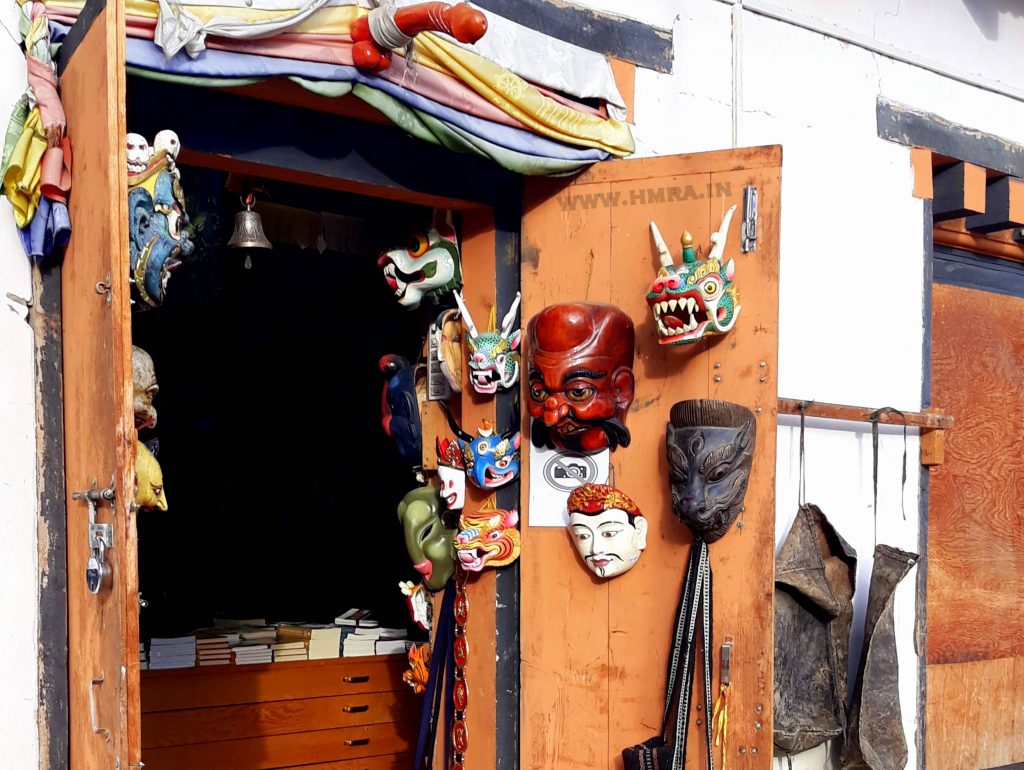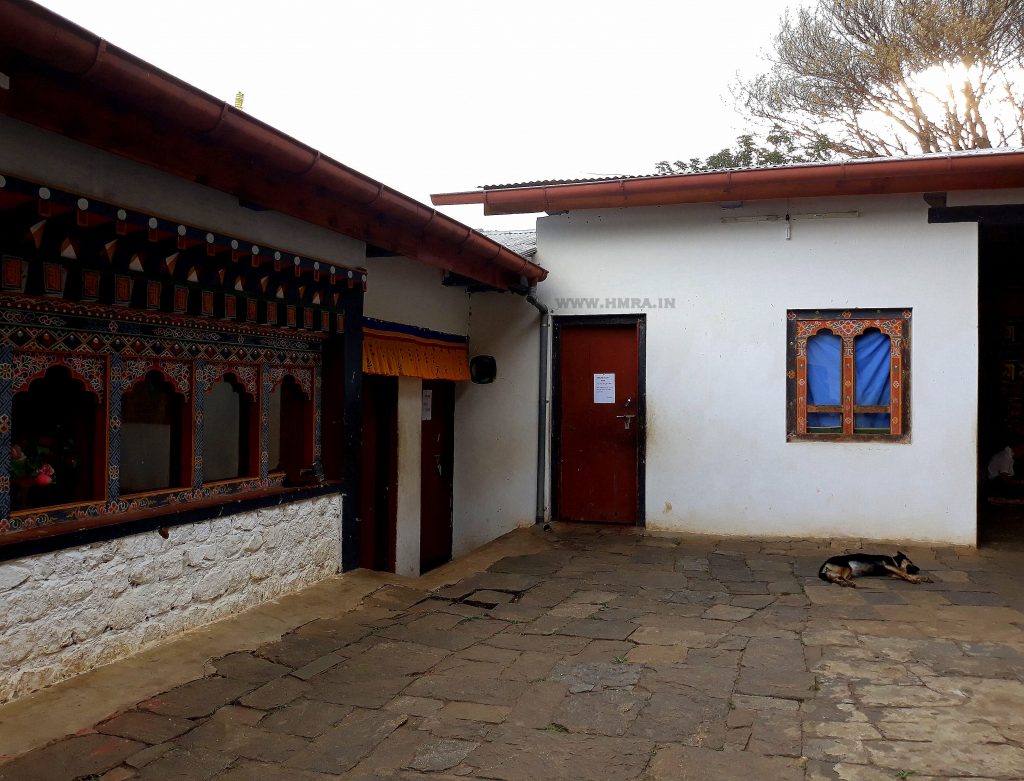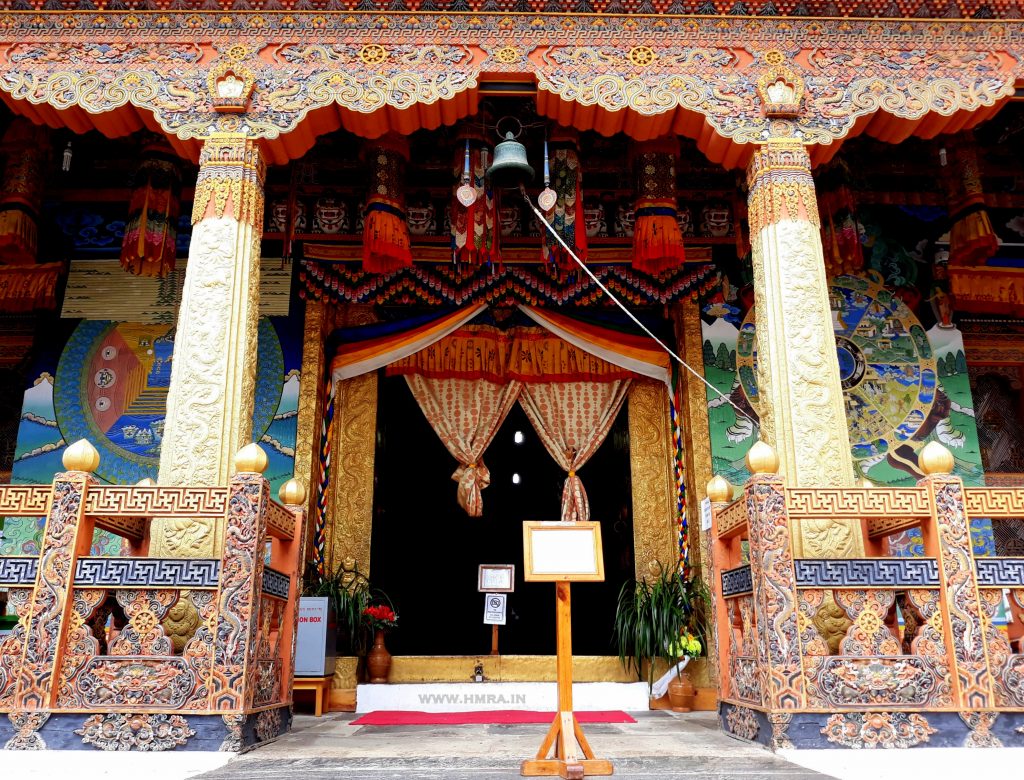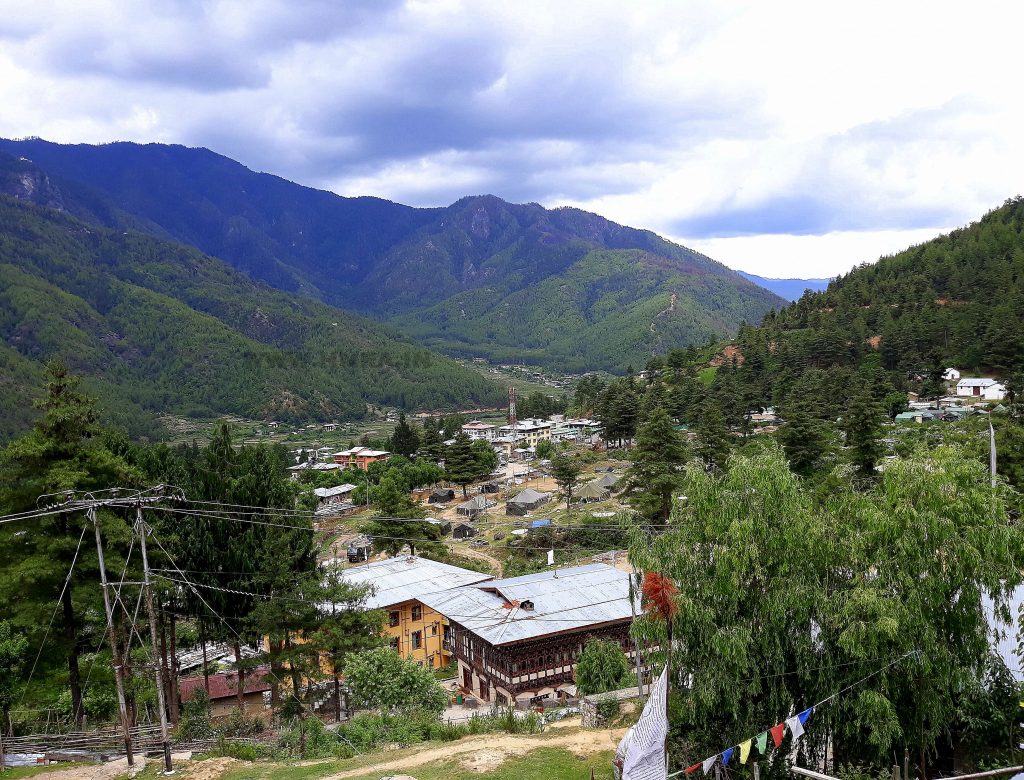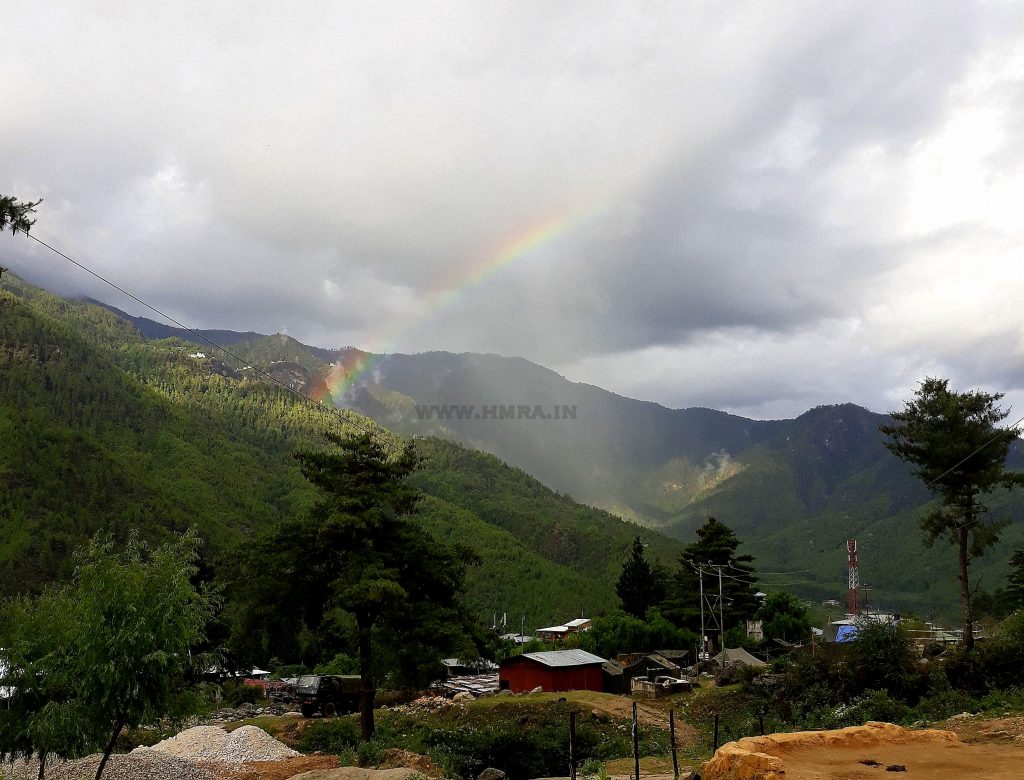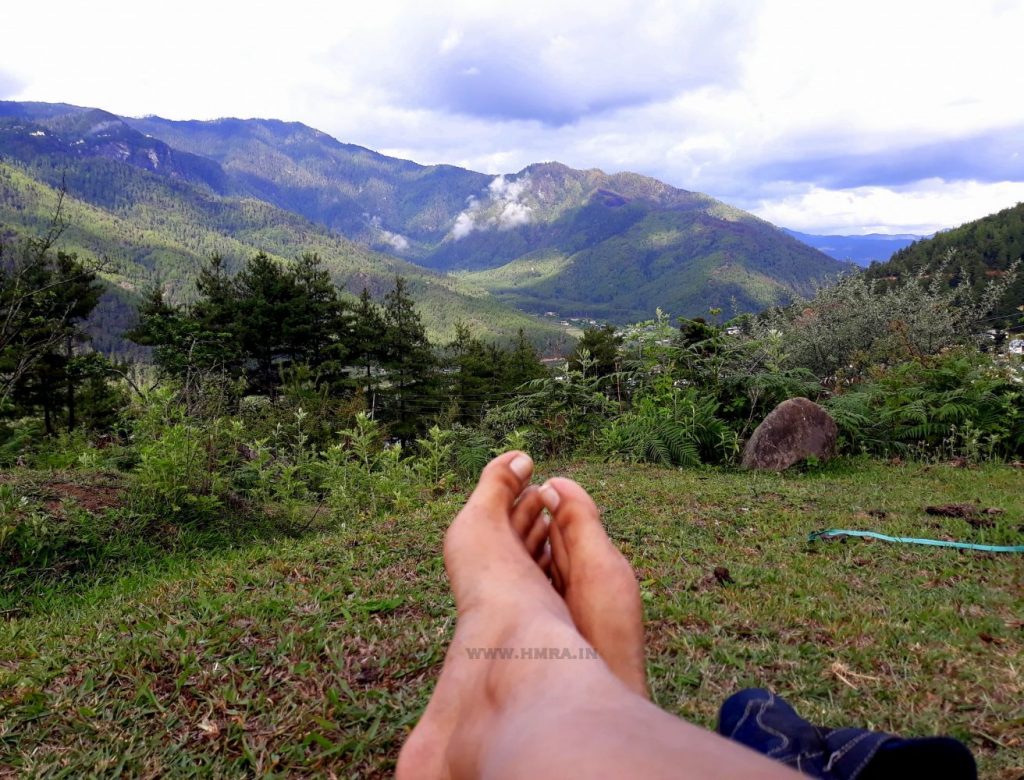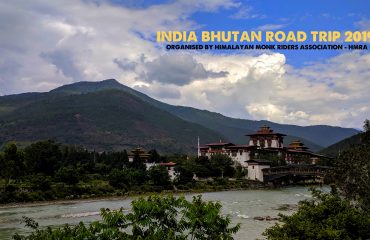Ever desired to follow the river up to its mouth or origin?
There’s this song by Lord Huron that goes like this
‘Oh there’s a river that winds on forever, i wanna see where it leads
Oh there’s a mountain that no man has mounted, i wanna stand on its peak”
I would hum it all the time while hiking, and this time around, I took the lyrics a bit too seriously for I was so tempted to see the glacier that gave birth to the ever brimming Sainj River…I wanted to see Raktisar/Raktisaur!
Few months ago, the husband gifted me a book called ‘The Great Himalayan National Park’ by Sanjeeva Pandey and Anthony Gaston. Though the struggle to read books has always been my vice, with time I find myself hooked on it. I owe this trip to this book and to my ever so thoughtful husband who isn’t only super supportive but always gives me that extra push whenever i’m in doubt ( why won’t he …his hidden motive is to have his own free time when I am not around and play golf and play station like there were no tomorrow! Hmph!)
Mahi ( the homestay owner in Sainj) helped me contact Sharad, the founder of HMRA ( Himalayan Monk Riders Association) who planned to go on this hike with three other local men from Shangarh.Today was the beginning of the hike and would be the first time I’d meet my co hikers! I was nervous as hell because the book described the hike as a seven day tough trek in the heart of Great Himalayan National Park(GHNP) known for its pure wilderness and not so easy terrain.
Before I start narrating My Tales of Tintin Adventures, here’s a little about GHNP.
The Great Himalayan National Park is in the midst of the western Himalayas. There are only trails to travel within the park. The making of GHNP in 1984 was based on the survey undertaken by the Himachal Wildlife Project. The remoteness of the area, low grazing pressure within the forests, super low level of tourist activity and dependence on traditional lifestyles were the main reasons to establish the park in the given location.
Four rivers, Tirthan, Sainj, Jiwanal and Parvati originate in the park itself fed by the melting glaciers and monsoon rains. GHNP is also listed now as a part of the world heritage site. The marking of boundaries for GHNP was such that the entire 620 sq. kms of Tirthan, Sainj, Jiwanal Valleys were without any human habitation except for the three villages of Shagwar, Shakti and Marore (with a total of just 120 odd people) all these three in Sainj Valley. And so I was lucky to have visited these special villages, which are still devoid of electricity and roads while hiking up to The Raktisaur Glacier.








